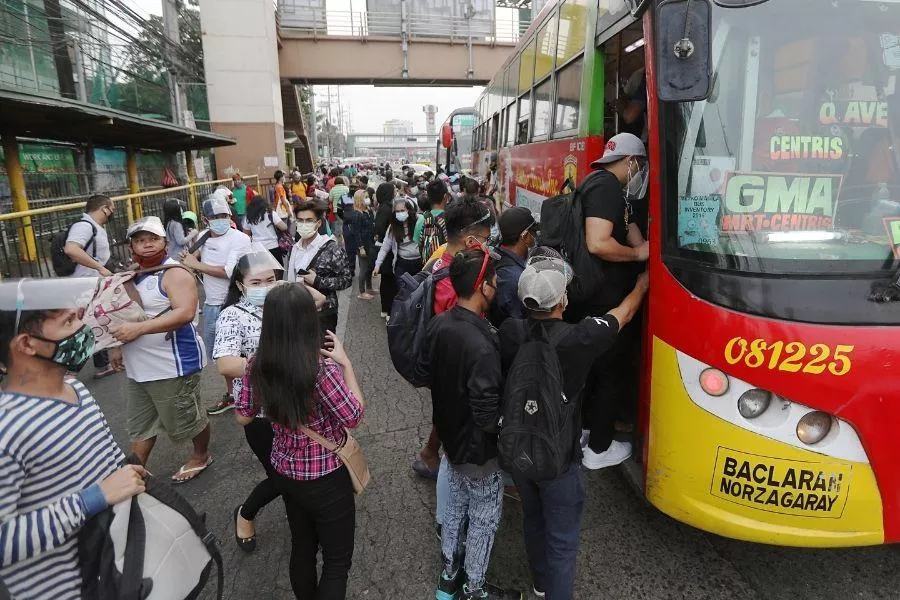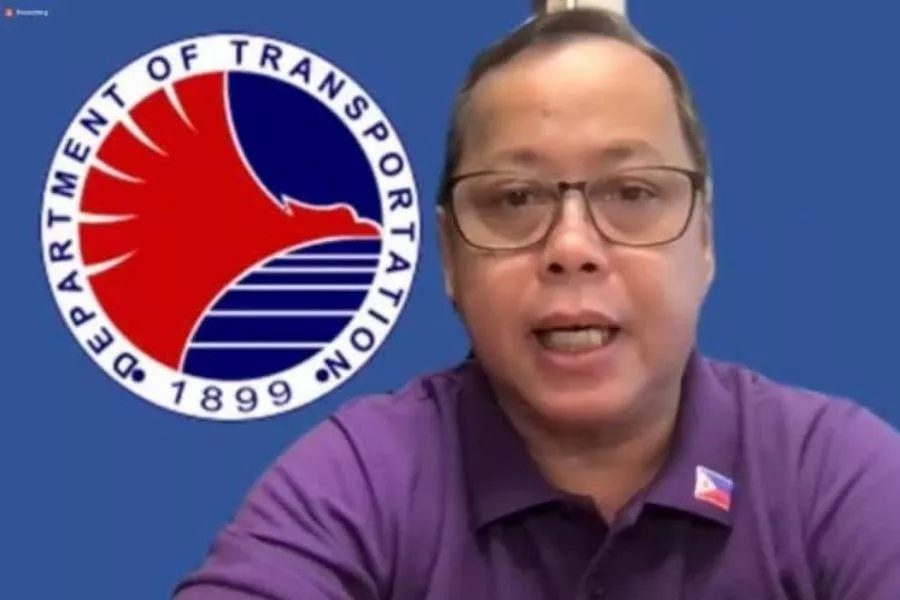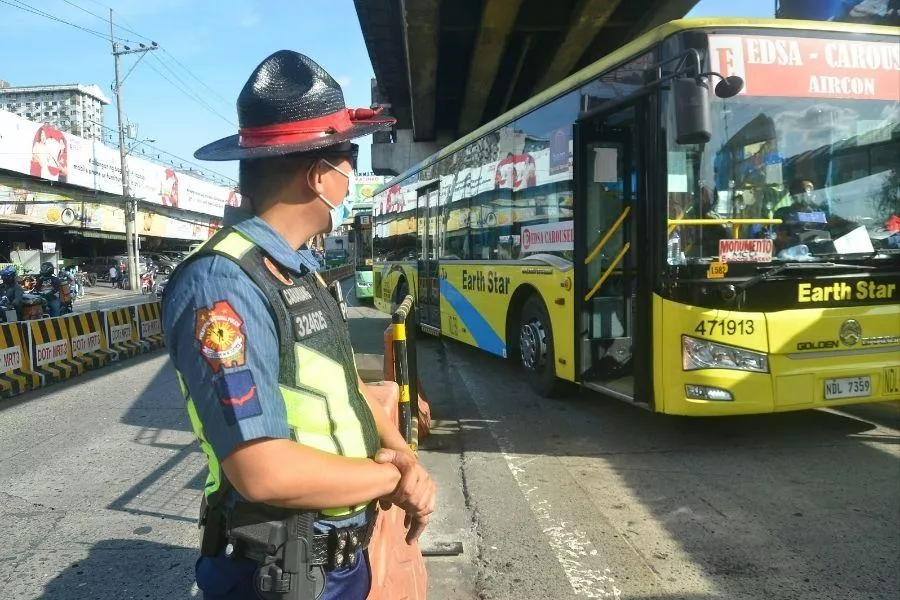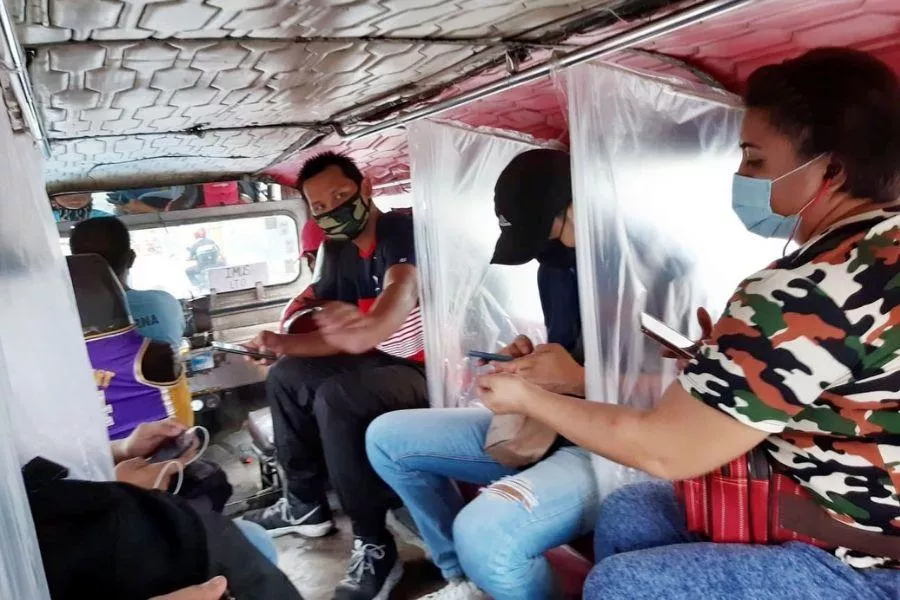Expect public utility vehicles (PUVs) to accommodate more commuters in the coming days. This is after the Inter-Agency Task Force for the Management of Emerging Infectious Diseases (IATF-EID) has approved the proposal to raise passenger capacities.

Public utility vehicles will be allowed to load more passengers as part of a month-long pilot study
All public road-based and rail transport in Metro Manila will be allowed to carry a minimum 70 percent of their maximum passenger load beginning November 4, 2021. This was based on the recommendation by the Department of Transportation (DOTr), which the IATF-EID cleared on October 28, 2021.
The proposal extends to the Metro Manila Urban Transportation Integration Study (MMUTIS) and Update and Capacity Enhancement Project (MUCEP), which is conducting a month-long pilot study on the gradual increase in public transport passenger capacity. Public jeepney drivers will be allowed to add between four and five passengers, while public buses will be permitted to have standing passengers.

DOTr Undersecretary for Administrative Artemio Tuazon says that this will benefit commuters from neighboring provinces
In a statement, the DOTr has cited the easing of quarantine restrictions in the National Capital Region (NCR) as a reason for its proposal. With more businesses allowed to operate, the agency says there is an increased need to ferry more passengers. Current quarantine protocols stipulate a 50 percent maximum capacity for all PUVs.
“Noong nag-meeting ang IATF, na-determina nila na karamihan po ng ating mga mamamayan na pumapasok sa NCR ay nanggagaling sa mga karatig-probinsiya natin, kaya minarapat po ng IATF na isama na rin po yung mga karatig probinsiya natin na nasa MUCEP area,” said DOTr Undersecretary for Administrative Artemio Tuazon.
(In the IATF’s meeting, they have determined that majority of those entering NCR come from the neighboring provinces, that’s why the IATF decided to include these areas which are under the MUCEP area)

The PNP-HPG will be on hand to ensure that minimum public safety protocols are still observed
According to Tuazon, the provinces of Bulacan, Rizal, Cavite, and Laguna all lie within MUCEP’s jurisdiction. He adds that those who live in these areas will be able to take advantage of the increased passenger capacity as they travel to and from NCR for work.
“Tayo po ay nakikipag-coordinate sa ating mga rail operators sa LRMC (Light Rail Manila Corporation) para sa LRT-1, LRTA (Light Rail Transit Authority) para sa LRT-2, MRT-3, at pati sa ating PNR upang mapaghandaan po natin ‘yung ating mga pagbabantay,” said DOTr Undersecretary for Railways Timothy John Batan.
(We are coordinating with our rail operators in the LRMC for LRT-1, LRTA for LRT-2, MRT-3, and even our PNR so that we can be prepared in monitoring)

Plastic barriers will no longer be required in PUVs
The Philippine National Police-Highway Patrol Group (PNP-HPG) has been tasked to assist and coordinate with the DOTr once the increase in passenger capacity has been implemented. This is to ensure that minimum public health standards are still observed. Plastic barriers inside public vehicles will also be removed, following the lack of medical basis that these prevent the spread of COVID-19.
Aside from ferrying more passengers, the DOTr said that its proposal will help mitigate the effects of consecutive oil price hikes on the income of PUV drivers. However, the agency reminds drivers and operators against filling their vehicles to capacity right away, adding that the increased passenger load and the forthcoming fuel subsidy from the LTFRB should suffice in the meantime.
We guarantee you’ll approve of our industry updates that we deliver at Philkotse.com.
Recent posts
- dotr increase passenger capacity Oct 27, 2021
- dotr releases funds PUV drivers Oct 26, 2021
- DOTr passenger capacity PUV Oct 19, 2021











